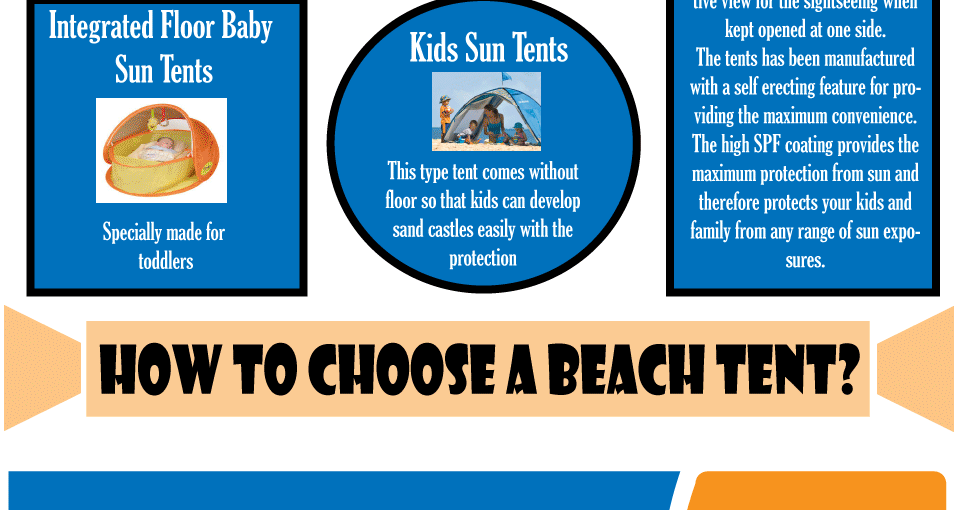Tent Size Mistakes To Avoid On Your First Purchase
Exactly How Rain Flies Expand the Life of Wall TentsRain flies are an important accessory for wall surface tents. They increase the capacity of an outdoor tents to protect campers from severe weather conditions while offering included convenience and resilience.
Normal cleaning of a rainfall fly keeps mud, mildew, and particles from ruining it. Additionally, making sure the proper stress of a rainfly prevents it from drooping and enabling water to collect below.
Weather Resistant Products
The material utilized in building and construction jobs can affect the long life and sturdiness of the project. Selecting weather-resistant products helps reduce upkeep expenses and conserves resources for future fixing and replacement.
Timber may not be the very first product that comes to mind when reviewing weather resistance, yet it is highly long lasting when effectively treated with preservatives. Cedar, redwood, and teak wood are examples of naturally rot-resistant timbers utilized to make a selection of outdoor furnishings and structures.
High-performance canvas wall outdoors tents are designed to withstand dampness and keep campers comfortable. It is necessary to clean canvas and camping tents regularly to eliminate dust, mud, and dust. It is also important to rinse any kind of residue from the canvas camping tent prior to saving it away for use. Avoid utilizing bleach, as it damages the water-resistance therapy and makes the tent a lot more at risk to leakage. Additionally, a soft brush and a tube can be used to extensively scrub the canvas tent and rinse it off with water up until it is totally saturated.
UV Exposure
Unless a camping tent is made from UV-resistant fabric, prolonged exposure to sunlight will trigger it to weaken. This holds true of all fabrics, however it's specifically obvious for tents and canvas frameworks as a result of how much they're used in outside setups. UV radiation can create dyes to break down, bring about a loss of color vibrancy.
A rainfly safeguards wall surface tents from these damaging UV rays by mirroring them before they can permeate the structure and reach your skin. It is very important to choose a rainfly with a UPF score of 50 or greater to get ideal UV defense.
A rainfly also helps control the temperature inside a tent relying on the period. A lighter rainfly can maintain outdoors tents from absorbing way too much warmth in the summertime, while a much heavier rainfall fly can assist stop warmth from escaping the camping tent during chillier months. In either case, these added layers of insulation can dramatically extend a tent's lifespan.
Moisture Damages
Canvas tents are fairly resilient and can last 15-30 years with persistent treatment, but even one of the most high-performance canvas is not unsusceptible downpours. A rain fly or fly sheet adds a layer of security for the roofing of your canvas outdoor tents and aids protect against moisture damages.
Condensation, mold and mildew, and mold are not just undesirable, however they can likewise ruin the structural integrity of your canvas tent. Avoiding these problems is easy, yet it needs meticulous care and interest to information.
Make it a behavior to inspect your tent in the morning and remove any type of all-natural condensation, dew, or snow that campground has collected on the surface. Later, be sure to spread your camping tent out in an open location and make use of a soft brush to scrub away any mold and mold that has formed. When you have actually gotten rid of the affected locations, re-treat the outdoor tents with a mold and mildew awesome option and wash it thoroughly to prevent any kind of future infestations.
Moisture Buildup
While typical, condensation can damage products if left untreated. The good news is, aggressive strategies like wiping surfaces and airing out outdoors tents decrease condensation' impact.
Tent fabric, environment problems and use patterns add to condensation degrees. Sailcloth, as an example, withstands water vapor dissipation and often tends to present beaded droplets more readily than polyester or nylon choices. Recognizing this distinction notifies just how tent owners manage condensation.
Occupant's breathed out breath and damp garments and devices spike humidity degrees. A lack of ventilation techniques enables moisture to condense when cozy interior air meets cooler surface temperature levels. This cycle intensifies on damp nights or when a camping tent is positioned in reduced areas. Inspecting and wiping camping tent surfaces immediately after cooling down encourages moisture to spread prior to harmful textiles or forming mold and mildew. Local airflow, such as routing a follower towards seams, further help the procedure. Acknowledging the most vulnerable areas of an outdoor tents, like high ridges and corners, aids campers simplify their moisture administration regimens.
